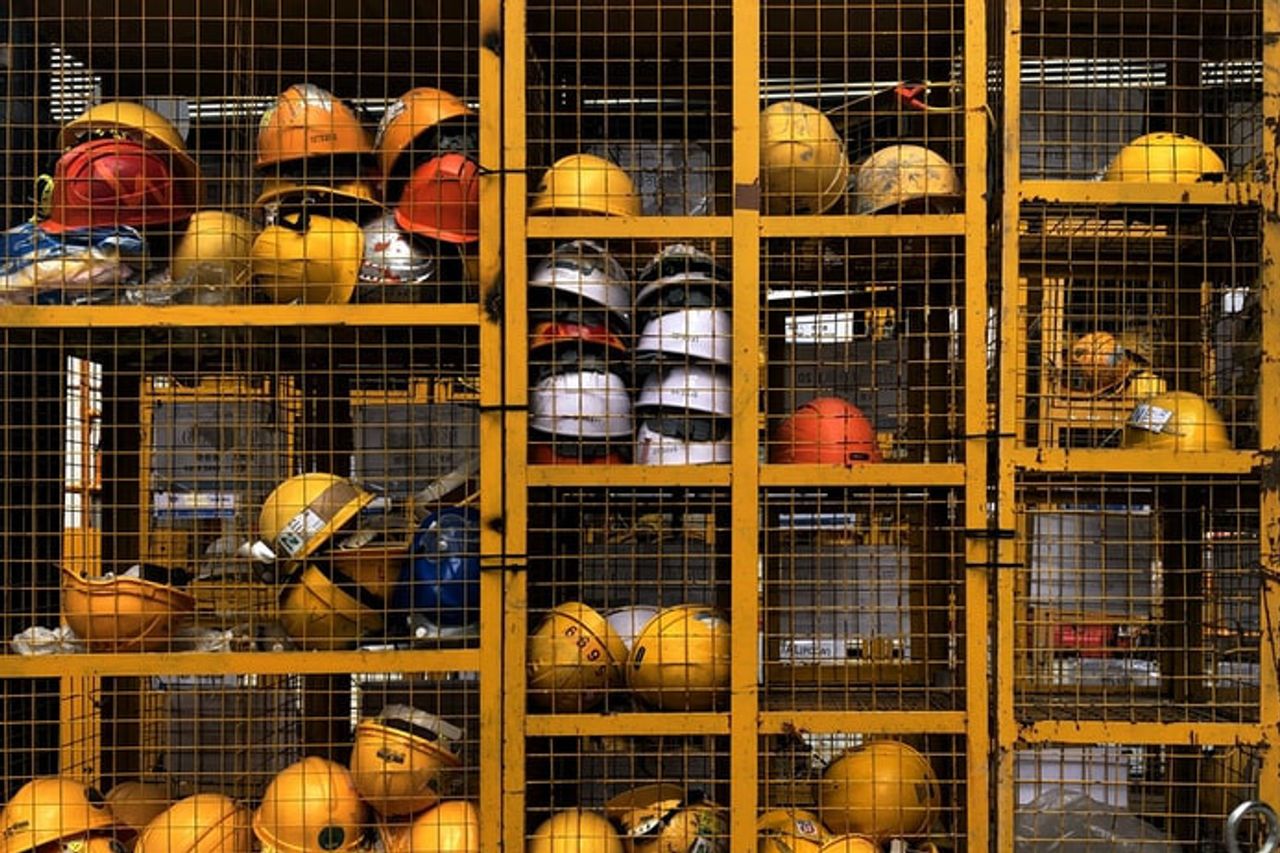Labor Day And Celebrations In Several Countries

JAKARTA - Every May 1, the world celebrates International Workers' Day or May Day or also known as International Labor Day. Labor Day is a day to commemorate the historic struggles and profits made by the workers and labor movements, which were waged in many countries on May 1. In the United States (US) and Canada, similar anniversaries are also celebrated on the first Monday of September.
Launching Britannica, Friday 1 May, this celebration for workers and laborers has a long history, from radical roots in the early socialist movement, to long holiday weekends, to sometimes violent protests.
Since its inception, May 1 has been celebrated around the world as May Day or ancient spring celebration involving flowers and dancing. But the date was later proposed in recognition of workers' rights by Second International, a coalition of socialist and Marxist parties and labor groups founded in Paris, amid a worldwide push for better working conditions and an awareness of increased class.
Until finally in 1889, the international federation of socialist groups and unions set May 1 as a day to support workers, in commemoration of the Haymarket Riot in Chicago in 1886.
Five years later, United States (US) President Grover Cleveland, troubled by Labor Day's socialist origins, signed a bill declaring Labor Day an official US holiday to honor workers. Canada followed suit shortly thereafter.
What started as International Labor Day that started with the riots in Chicago in May 1886, later spread to other parts of the world, India is no exception. The first celebration of Labor Day in India took place in Chennai on 1 May 1923. Organized by the Hindustan Workers' Kisan Party, the red flag which is the emblem of the working class, is also used in India.
The party leader, Singaravelu Chettiar, held 'May Day' celebrations in two places. One on the beach opposite Madras High court and the other on Triplicane beach. He chaired the meeting and made a resolution declaring a holiday on May 1 passed. The day was also an opportunity to affirm party principles, ask for financial assistance and discuss the goals of self-reliance for the world's workers.
In Europe, however, May 1 was historically associated with a rural pagan festival, but the original meaning of the day was gradually replaced by modern associations with the labor movement. In the USSR, leaders celebrated a new holiday and believed it would encourage workers in Europe and the US to unite against capitalism.
The first day of May later became a holiday in the USSR and in Eastern bloc countries. There were lively parades including one being held on Moscow's Red Square led by high-ranking government and Communist Party officials. They celebrate workers' day and demonstrate the strength of the Soviet military.
In Germany, Labor Day became an official holiday in 1933 after the rise of the Nazi Party. Ironically, Germany abolished free trade unions, a day after setting a holiday on May 1 that nearly crushed the labor movement in Germany.
With the breakup of the Soviet Union and the fall of communist governments in eastern Europe at the end of the 20th century, the region's large-scale May Day celebrations declined. However, in many countries around the world, May Day has been recognized as a public holiday and continues to be celebrated with group picnics and parties while seeing opportunities for demonstrations in support of workers' rights.
In other countries, such as in Japan, there is no official holiday on May 1st. Most people take their day off because it falls among other national holidays. Starting from April 29th, the 'Golden Week' begins. It is celebrated as the Birthday of Emperor Showa, who reigned between 1926 and 1989. While May 3, 4 and 5 are celebrated as Constitutional Remembrance Day, Green Day and Children's Day.
